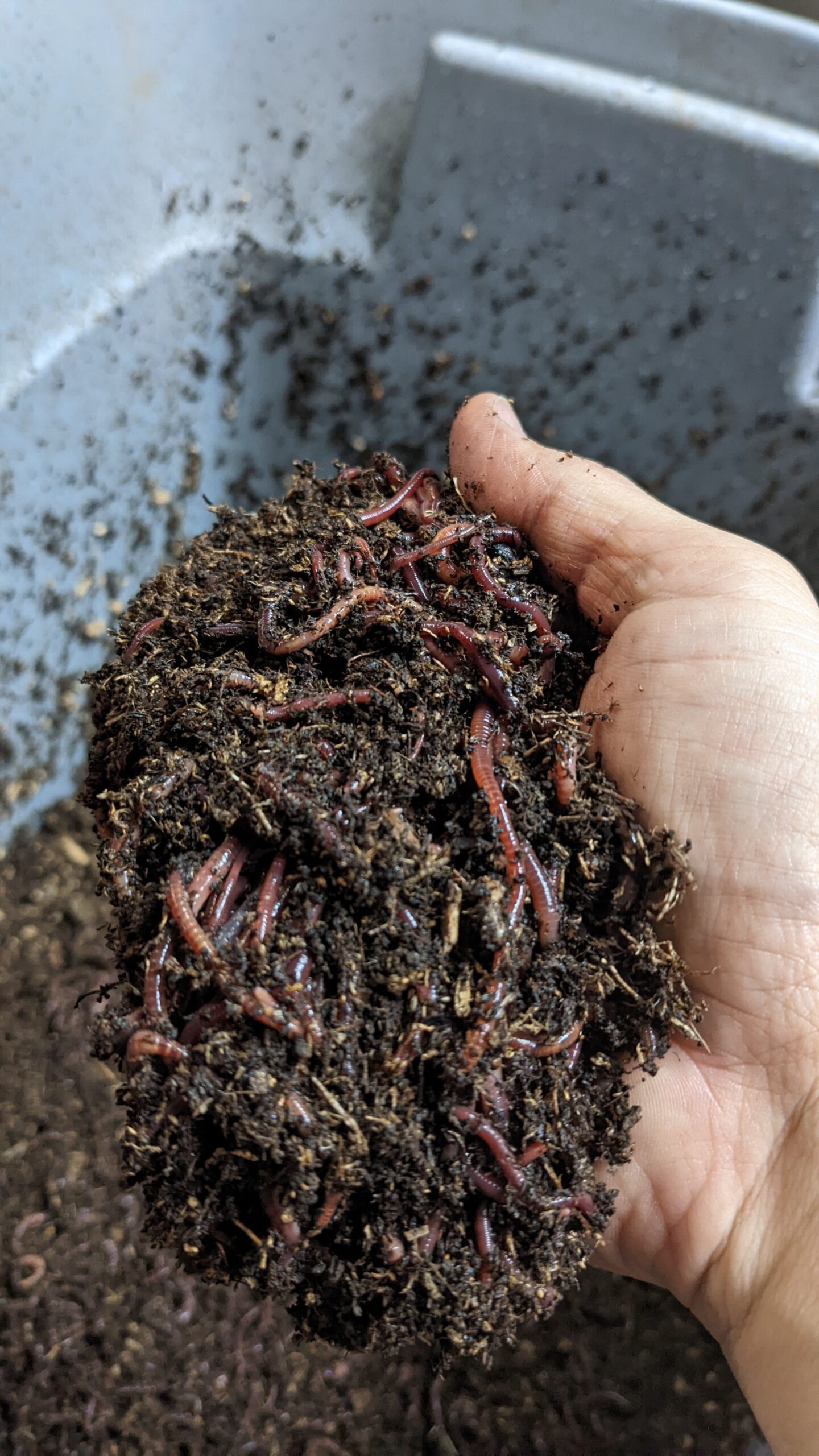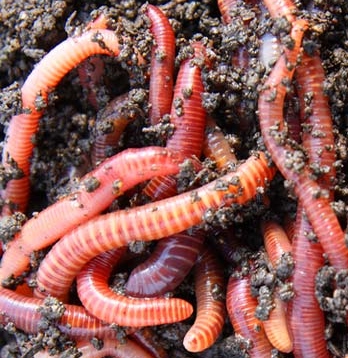Facts About Red Wiggler Express Revealed
Red Wiggler Express Fundamentals Explained
Table of ContentsHow Red Wiggler Express can Save You Time, Stress, and Money.The Ultimate Guide To Red Wiggler ExpressMore About Red Wiggler ExpressRed Wiggler Express for Beginners
With the global press for sustainability and with eco-friendly practices expanding in appeal, individuals are lastly coming about and acknowledging the ecological benefits of red wiggler worms and composting. In this article, we'll discuss how vermicomposting supports lasting gardening and the ecological benefits of red wigglers and various other earthworms.
This is the except it. If you wish to read extensive about red wiggles, we have an entire post devoted to them here. Currently, let's get into the fundamentals of just how these worms sustain sustainable horticulture methods and benefit the setting: Worm composting is like a medspa day for your soil.
When incorporated into your yard dirt, these spreadings improve its structure, oygenation, and water retention. This aids with plant development and health and wellness and does not require using any type of chemicals. Did you understand that natural waste makes up a substantial part of land fill product? And breaking down natural waste in landfills creates large amounts of land fill gas (LFG), which is consisted of around 50% CO2 and 50% methane a greenhouse gas around 28 even more effective than CO2.
By diverting your kitchen scraps and lawn waste right into a worm composting container, you're properly minimizing the quantity of organic waste that finishes up in land fills. Forget regarding chemical plant foods worm spreadings are the actual bargain.
Getting My Red Wiggler Express To Work

Maintain the container in a great, unethical area to stop overheating. Mix the nutrient-rich worm castings right into your yard soil or use them as a top clothing for potted plants. You'll notice much healthier, happier plants in a snap! It really is as straightforward as that. In a world where sustainability is coming to be progressively essential, red wigglers beam as unhonored heroes of gardening.
Composting may seem like old news, yet doing it with a container full of worms most likely does not. Red wiggler worms supply excellent advantages to the natural garden enthusiast, creating both a natural plant food and an effective pesticide.
Worm spreadings may be acquired at shops such as SBS in Vineyard Haven or Winery Gardens in West Tisbury, but to increase the worms in a compost bed and harvest your own castings is a lot more enjoyable. The work of these worms is an aspect of sustainable living. Red wigglers are indigenous to horse manure, where they delve to lay eggs.
How Red Wiggler Express can Save You Time, Stress, and Money.
(https://sublimelink.org/details.php?id=283521)They can not make a great deal of it." He covers the container with straw, after that an item of old rug. "They like the heat," he says. Lynn discusses the production of spreadings and 2 usages: as a plant food and as a pesticide. "They digest deteriorating issue. It goes through them and adds calcium to make this abundant earth," she says.
"We call it golden tea," says Lynn. "I did it to see if it would certainly make a difference on white flies and aphids. My rosemary had a mold or fungus. After I sprayed, instantly it looked far better." The red wiggler is a prodigious breeder, laying eggs as commonly as once a week.
It takes three to 5 months for an infant worm to get to sex-related maturity and the adult length of 3 inches. Their life period is 4 to five years unless certainly they are made use of for bait. As freshwater fish lure, wigglers squirm responsible and endure undersea longer than conventional earthworms.

As one of the Epigeic course of garden compost worms, the generally does not show up in dirts. The worm is red or reddish-brown in shade and has a smooth, cylindrical shape.
A red wiggler worm can mature to four inches in size but is generally only regarding two and a half inches. The worm has a small mouth located at the front of its head. It likewise has tiny bristles, called setae, which aid the worm move and anchor itself to surface areas.
